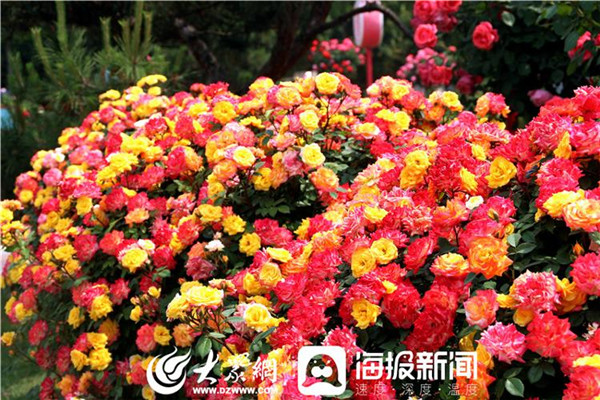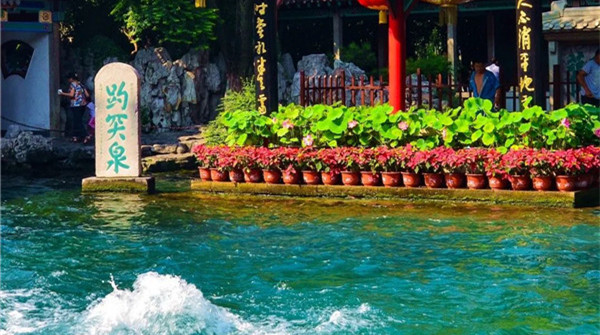Zhoucun's silky allure ranges from ancient to modern
Whether its colorful history of silk, or its more down-to-earth general commerce, the Zhoucun district of Zibo city – located in East China's Shandong province – is widely said to have played a pivotal role in the region and continues to do so to this day.
The silk industry in Zhoucun has a history stretching back more than 2,000 years. Zhoucun has been an important silk textiles center since the Shang Dynasty (c.16th century-11th century BC) and was named the home of silk.
Zhoucun's silk products are of particularly high quality and boast sophisticated production techniques. From cocoons to finished products, it takes 30-40 processes to turn silk into products with various alluring patterns and exquisite craftsmanship.

The intricate process of silk reeling is displayed. [Photo/WeChat account: zibowenhualvyou]
Its production technology is mainly divided into three categories: reeling, silk weaving, silk printing and dyeing.
Since 1840, the Zhoucun silk industry developed rapidly, with workshops with three or five weaving machines distributed all over the district.
Zhoucun is currently one of 12 silk export production centers in China. It produces more than 80 varieties and more than 20 of them are sent abroad, sold to 12 countries and regions.
Zibo Kaili Silk Co Ltd provides a typical window into the Zhoucun silk industry's development. It was founded in 1949 from Shandong Zibo No 3 Silk Weaving Factory, which inherited ancient Zhoucun silk skills. Much later, it was changed into an innovation firm in November 1999.
The company has met renewed success in modern times. Its Zhoucun silk weaving and dyeing technology was included in the third batch of Shandong's provincial intangible cultural heritage list.

A tapestry made by Zibo Kaili Silk Co Ltd shows a classic painting drawn by master ink painter Xu Beihong. [Photo/WeChat account: zibowenhualvyou]

A silk scarf made by Zibo Kaili Silk Co Ltd. [Photo/WeChat account: zibowenhualvyou]

 Nishan Forum on World Civilizations
Nishan Forum on World Civilizations Explore magnificent Yellow River culture in Shandong
Explore magnificent Yellow River culture in Shandong

